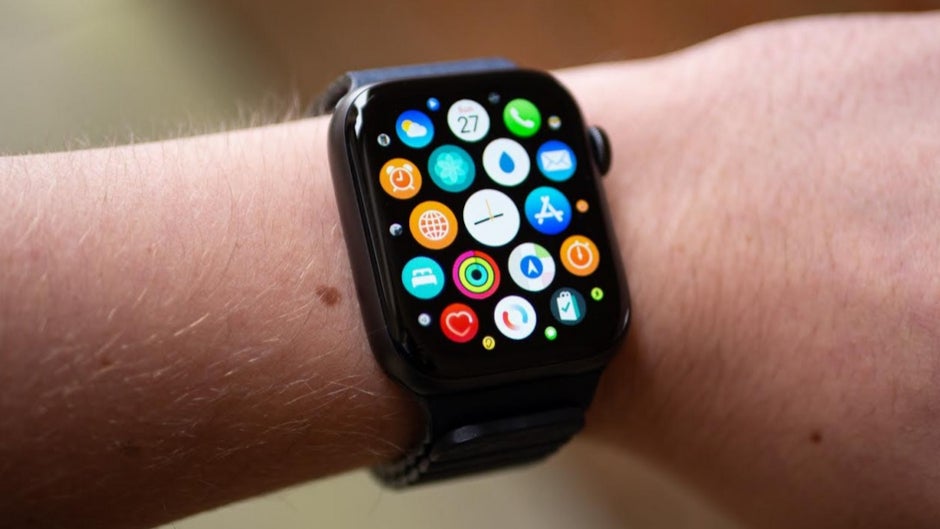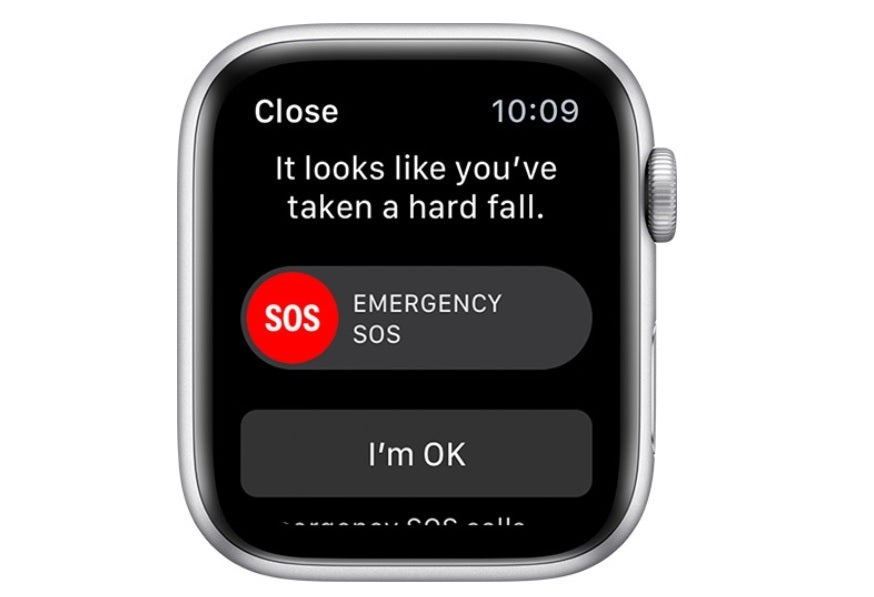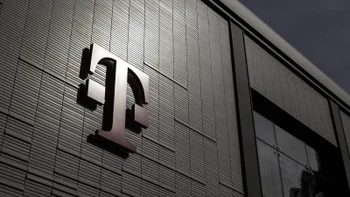Fall detection on the Apple Watch does its thing, saves a young man with a fractured skull

The Apple Watch has a reputation of saving lives regardless of whether it is the heart rate monitor, the ECG, or the fall detector. The most recent life-saving feature of the Apple Watch was the fall detector which according to New York's WABC-TV Eyewitness News, saved a man who fell inside a hospital. 25-year-old Brandon Schneider, a Peloton sales specialist, is someone who is in good shape as he runs up to six times a week and has appeared in four marathons.
While Schneider uses his Apple Watch to track his physical activities, "I would certainly say that the Apple Watch helped save my life," he added. For a few days, he was experiencing severe abdominal pain and finally decided that a trip to the hospital was in order. He explained why by stating, "This seemed different than anything I really have experienced in the past, and I was in excruciating pain."
Another life is saved by the Apple Watch
So on July 12th, Schneider and his dad visited the hospital ER. He paid a visit to the bathroom in the facility and right away he didn't feel so well. "I remember washing my hands and thinking to myself, is something going to happen," Schneider said. "I don't remember falling to the ground, or hitting my head, or anything of the events that followed." But after just a couple of minutes in the bathroom, the fitness buff passed out.

The fall detection feature on the Apple Watch
Just seconds after hitting the deck, Schneider's Apple Watch was able to alert his father that something had gone terribly wrong. "My Apple Watch detected a hard fall, and I did not respond to the like haptic message that requires a response (in) 45 seconds. I was actually more in the right place at the right time for this kind of situation to occur," he said. After receiving the alert from his son's Apple Watch, Schneider's dad had corralled hospital staff and directed them to his son's side.
A CT scan revealed that Schneider had life-threatening hematomas and a fractured skull. He had to undergo emergency brain surgery. Dr. Darien Sutton, an emergency medicine physician and an ABC News medical contributor commented on the case. "He's incredibly lucky. In medicine, we have a saying called 'time is brain' and it essentially just means that it's one of those injuries that you have to approach it and get to it as quickly as possible, because each and every minute that passes by can provide increased damage to the brain."
Schneider says that he is expected to recover fully. For that prognosis, he credits the hospital, his active lifestyle, and of course, his Apple Watch. He states, "Those who have an Apple watch, may be able to set up their emergency contacts, which I don't know what sparked the idea in me sometime before this incident occurred to make sure I had that setup, but I want to encourage people to do that."
Fall detection is automatically enabled on the Apple Watch for those age 55 or older
The Apple Watch fall detector is automatically enabled if you entered your age as 55 or over when setting up the device. If you are 18 and older, you can manually turn it on by going to the Watch app. Using the My Watch tab on the bottom left of the app, tap on Emergency SOS and toggle on fall detection. If a hard fall has been detected, the Watch will tap you on the wrist, sound an alarm and display an alert.
From this point, you can choose to contact emergency services, or dismiss the alert by tapping on the I'm Okay button, the Close button in the upper left of the screen, or by pressing the Digital Crown. If the timepiece doesn't feel you moving for about a minute following the fall, it will call emergency services right away.
Follow us on Google News










![A new Android bug is making it impossible to install new apps. Are you affected? [UPDATE]](https://m-cdn.phonearena.com/images/article/176703-wide-two_350/A-new-Android-bug-is-making-it-impossible-to-install-new-apps.-Are-you-affected-UPDATE.webp)

Things that are NOT allowed:
To help keep our community safe and free from spam, we apply temporary limits to newly created accounts: